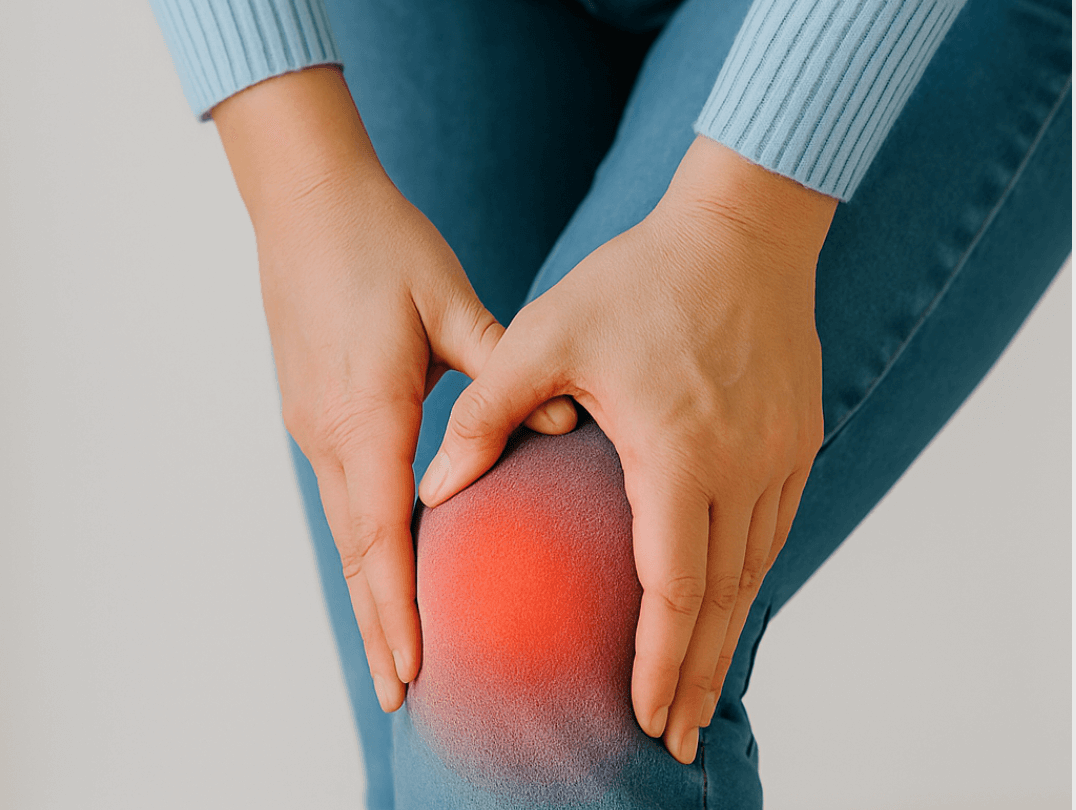
- Sep 08, 2025
- By TJICLondon
What is Trigger Finger?
What Is Trigger Finger?
Trigger finger, also known as stenosing tenosynovitis, is a condition where one of your fingers (or thumb) gets stuck in a bent position and then suddenly snaps straight—like pulling and releasing a trigger. The condition happens when the tendon sheath in your finger becomes inflamed, making it harder for the tendon to glide smoothly.
Many patients describe it as a painful “clicking” or “locking” of the finger, which can be worse first thing in the morning.
Common Symptoms
- Pain or tenderness at the base of the finger or thumb.
- Stiffness, especially in the morning.
- A popping or clicking sound when moving the finger.
- Finger catching or locking in a bent position before suddenly straightening.
- In severe cases, the finger may stay bent and require assistance to straighten.
Causes and Risk Factors
Trigger finger is most common in people who:
- Perform repetitive gripping tasks (musicians, gardeners, manual workers).
- Have medical conditions like diabetes or rheumatoid arthritis.
- Are aged 40–70, though it can also affect younger adults.
- Women are slightly more likely to develop it than men.
When to See a Doctor
Mild cases can sometimes improve with rest, splinting, or over-the-counter anti-inflammatory medication. However, if your finger is locking, stiff for long periods, or painful enough to affect your daily activities, it’s worth seeing a specialist.
Treatment Options
Conservative approaches
- Rest and activity modification
- Finger splints to keep the affected digit straight
- Physiotherapy to improve tendon glide
Corticosteroid injections
- An ultrasound-guided steroid injection into the tendon sheath is a highly effective treatment. The injection reduces inflammation, allowing the tendon to move freely again. Many patients find long-term relief from just one injection.
Surgery
- For cases that do not respond to injections, a minor surgical procedure can release the tendon sheath. However, surgery is generally reserved for severe or persistent cases.
Why Injections Work So Well
Injections target the source of inflammation directly. Unlike tablets, which act systemically, injections deliver medication precisely where it’s needed. With ultrasound guidance, the injection is placed accurately into the tendon sheath, improving success rates and reducing risk.
Outlook for Patients
The majority of patients respond well to a single injection, often regaining full, pain-free movement within weeks. For those with diabetes or longstanding symptoms, more than one injection may be required.
Key Takeaway
Trigger finger can be frustrating and painful, but with the right treatment - often a simple ultrasound-guided injection - most patients can quickly return to normal activities without surgery.
If you’re struggling with painful finger locking or stiffness, it may be worth exploring specialist treatment options for trigger finger at a clinic near you.








